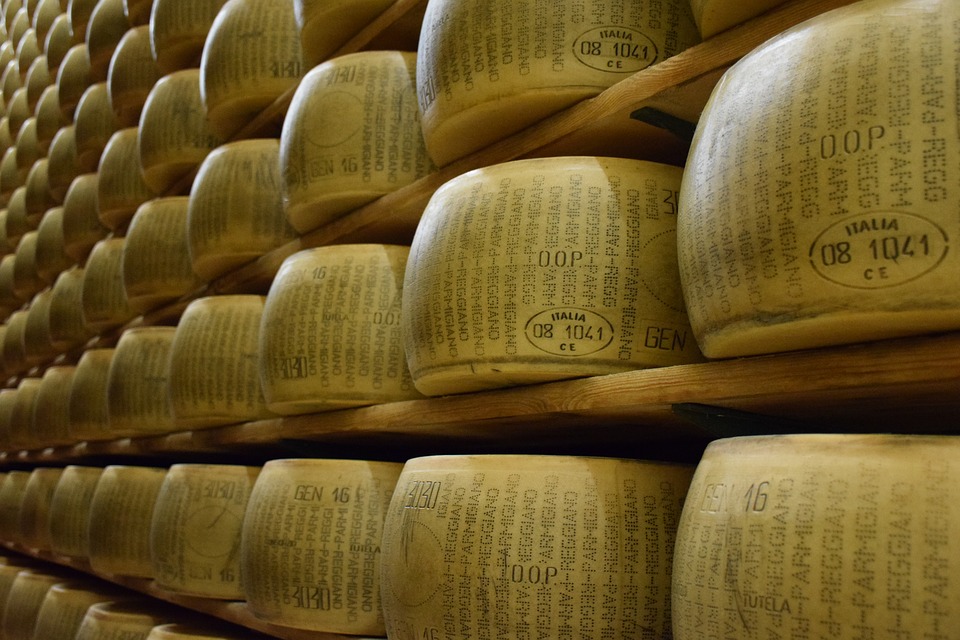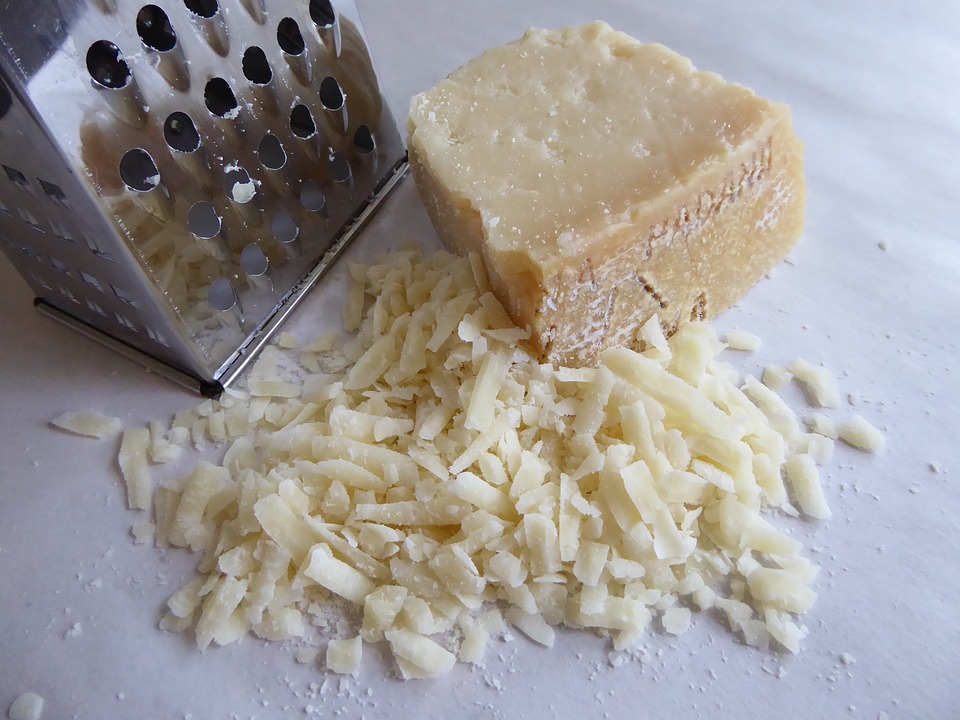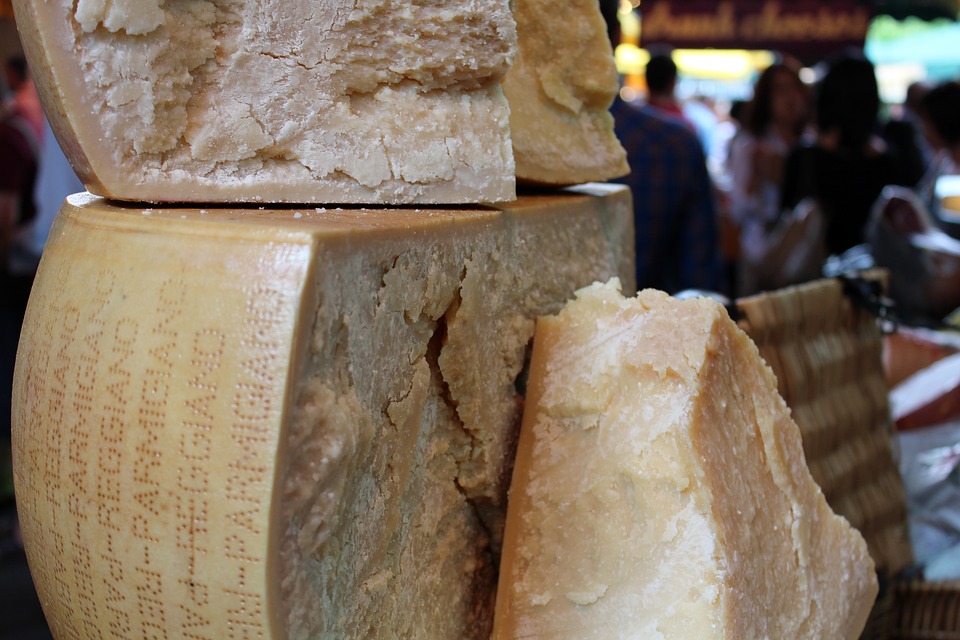The Origins of Parmesan
It was monks in the area around Parma who first started making this distinctive hard cheese during the Middle Ages. By the time of the Renaissance, people in the nobility were producing this fine cheese for their own tables. It was known as caseum paramensis in Latin, and locals shortened this to Pramsàn, in dialect. Only cheese from the Parma or from Reggio area can legally be called “Parmesan” cheese.

Parmesan Industry
Texture and Taste
This cheese is made from unpasteurized cow’s milk. Like most cheeses, Parmesan Cheese gets more flavorful with age. The cheese that is aged for one year is mild, sweet, and has less of a grainy texture. When the cheese is aged for 2 years, it becomes more grainy and takes on a more savory flavor. After 3 years, the cheese has a strong salty, nutty flavor and is the most dry. While giving the cheese its strict final inspection, the Safeguarding Consortium looks for proper weight, size, smell, etc. They also make sure that the cheese was made from the proper materials. Parmesan is short for the full name “parmesan reggiano.

Pure Parmesan
How it's made
Parmigiano-Reggiano is made from unpasteurized cow's milk. The whole milk of the morning milking is mixed with the naturally skimmed milk (which is made by keeping milk in large shallow tanks to allow the cream to separate) of the previous evening's milking, resulting in a part skim mixture. This mixture is pumped into copper-lined vats (copper heats and cools quickly).
